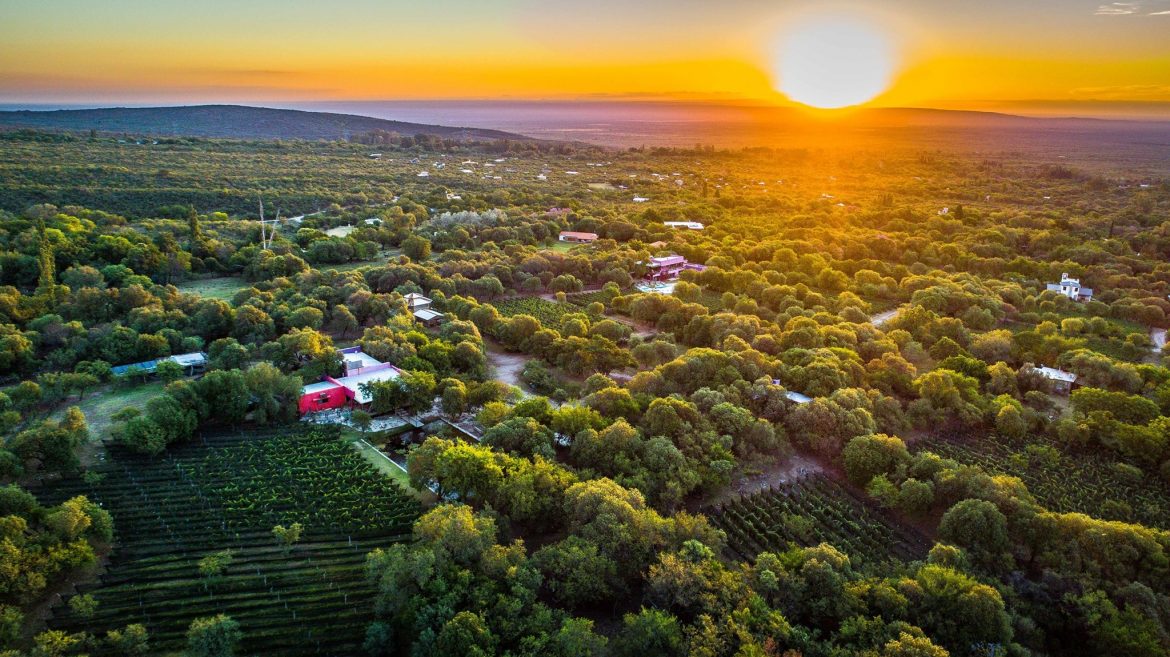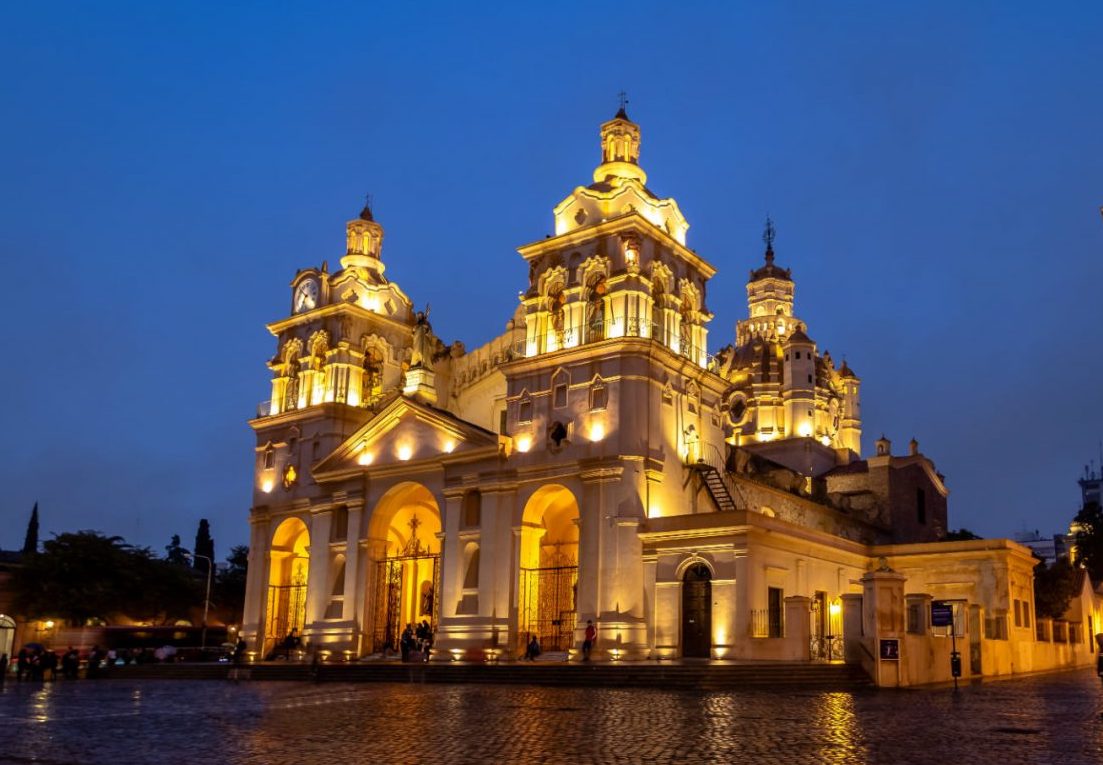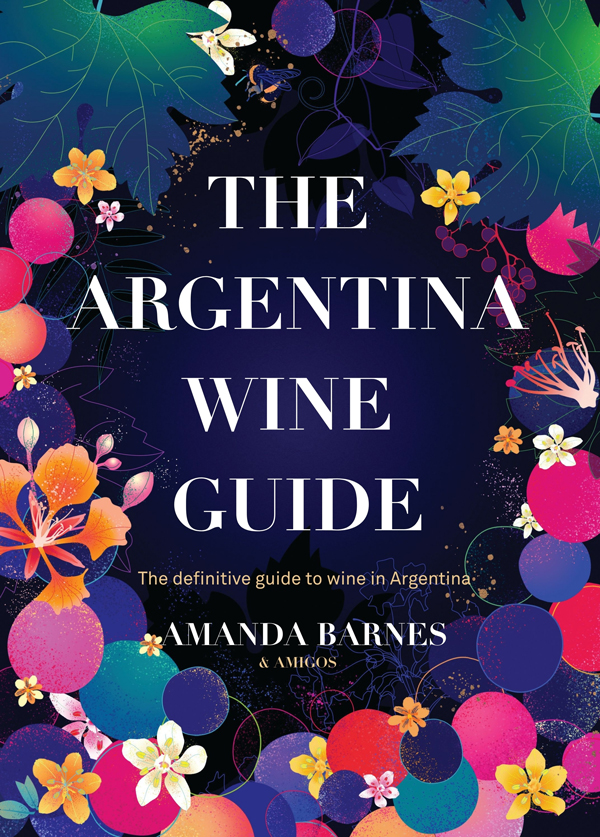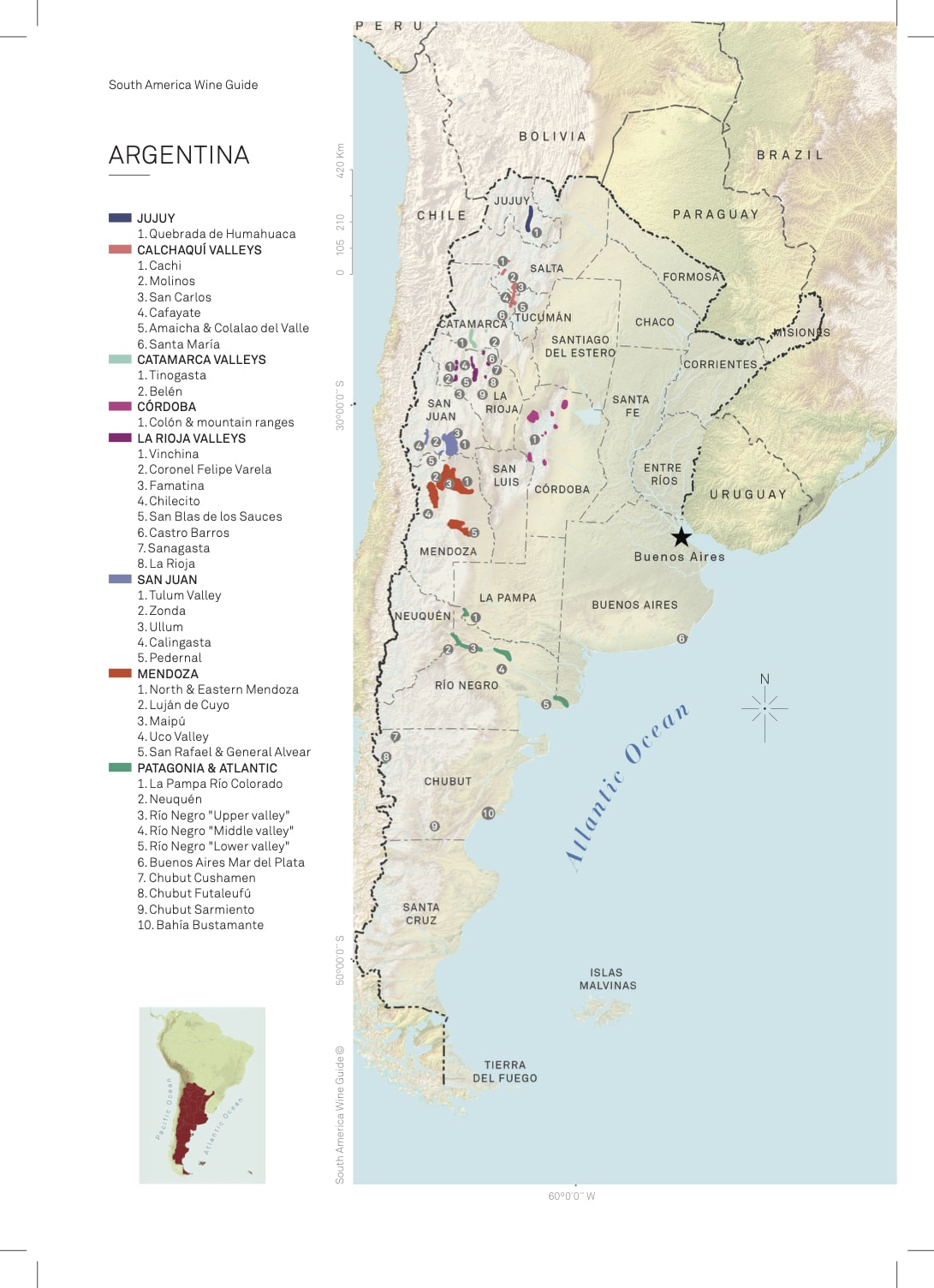Guide to Córdoba wine region
Wine regions of Córdoba
Notable producers in Córdoba
Map of Argentina’s wine regions
The Córdoba wine region in Argentina is much more historical than most people realise, with a history that started over 400 years ago. The famous University city of Central Argentina is now undergoing a renaissance of winemaking — discover why in our guide to Argentina’s Córdoba wine region and its wineries.
Córdoba Wine Region Guide
Hectares planted:
278 hectares
Number of vineyards:
134 vineyards
Altitude:
350 – 1,200 m.a.s.l.
Sub-regions in Córdoba:
Colón (144 ha), Calamuchita (32 ha), San Javier (29 ha), Cruz del Eje (27 ha), Ischilin (18 ha), Santa Maria (10 ha), Punilla (6ha), Tulumba (5 ha), San Alberto (5 ha)
Main grape varieties:
Malbec, Pinot Noir, Isabella, Merlot, Cabernet Sauvignon, Ancellota, Torrontés, Syrah
You only have to catch sight of the crumbling Jesuit ruins of Córdoba, a UNESCO World Heritage Site, and its university, church and estancias to put two and two together and realise that Córdoba has long had a wine heritage. Vines accompanied the missionaries throughout their journeys around the continent and were first planted in the early Jesuit settlements in Córdoba in the early 1600s.
Waves of European immigrants for the centuries following maintained a consistent and growing production and in the 1970s the co-operative La Caroyense was one of Argentina’s largest wineries (also receiving grapes from La Rioja). The economic crises of recent decades have brought a demise in wine production in Córdoba but up until 1995, Córdoba still had over 730 hectares of vineyards. There’s less than a third of that number today, but some important sub-regions continue with the wine production.
Wine regions of Córdoba
COLÓN
In Colón, the main wine region is around Colonia Caroya, a city named after an estancia established by the Jesuits in 1616 which had its own vineyards and wine production. This is the biggest wine region in Córdoba today as well as the most historical. Vineyards here today are planted at an average of 500 m.a.s.l. and there’s a wide range of varieties planted including red, white and hybrids. This is also the wine region with the most notable wine tourism circuit (Bodega la Caroyense and Terra Camiare being particularly popular).
CALAMUCHITA
Calamuchita is the next most important in terms of plantations is the important in terms of altitude. Most of these vineyards are on hills with slopes that can be quite steep (up to 45%) and a higher altitude of 600 up to over 1,200 m.a.s.l. with mainly new plantations of red and white vitis vinifera varieties.
SAN JAVIER
San Javier is the next most planted region, and borders the province of San Luis in Cuyo. Together San Javier and San Alberto are sometimes referred to as Traslasierra Valley because it is somewhat cut off from the rest of Córdoba by the mountains and is quite different. A very dry region which benefits from a rain shadow, there are over a dozen vineyards here are planted between 470 and 1,130 m.a.s.l. and in many ways it is more similar to the dry, mountainous conditions of Mendoza than Córdoba. Further north are the next two major wine regions, Cruz del Eje and Ischilin. These are flatter regions ranging between 400 and 500 m.a.s.l.
Notable producers in Córdoba
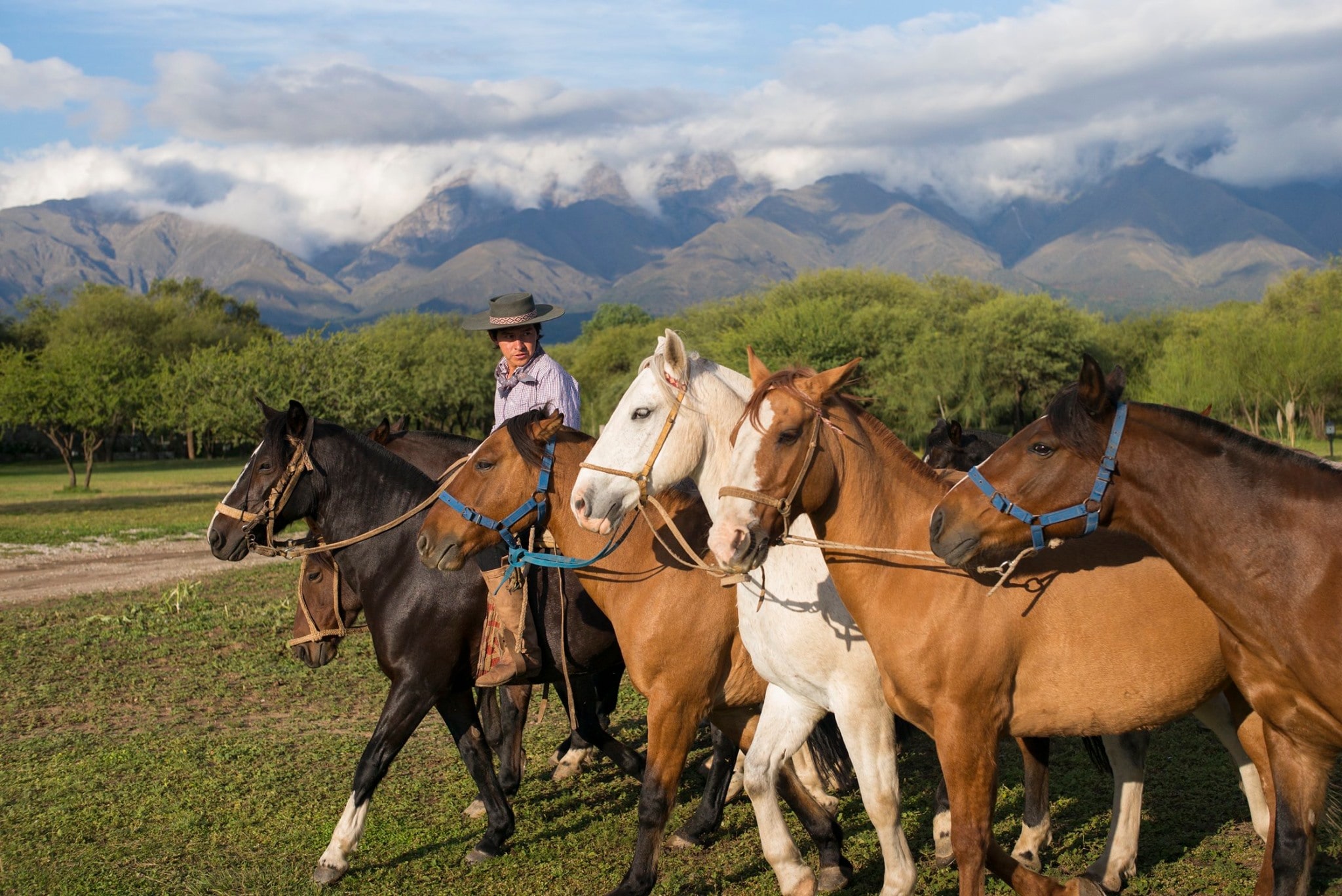
BODEGA TERRA CAMIARE
Bodega Terra Camiare winery is named in honour of the Jesuits who established the original Estancia Jesús María during the 17th century, as well as the Italian immigrants who revolutionised the winemaking industry and the local indigenous populations who worked on the vineyards. Today, Terra Camiare marries together the winemaking traditions of the region with modern technology.
BODEGA LA CAROYENSE
Bodega La Caroyense began as a small winery belonging to a cooperative during the 1930s. The winery was since modernised and now makes Pinot Noir-Merlot and Malbec-Cabernet Sauvignon red blends.
LA MATILDE WINERY
La Matilde winery focuses on sustainable wine production using grapes from its three hectares of organic and biodynamic vineyards. If you’re hoping to experience the countryside life in Córdoba and get to know more about gaucho culture, La Matilde offers a unique range of agrotourism activities.
BODEGA NOBLE SAN JAVIER
Bodega Noble San Javier focuses on biodynamic and organic red wine production featuring grape varieties including Malbec, Cabernet Sauvignon and Syrah. Bodega San Javier’s star wine is the Noble de San Javier Merlot.
ARÁOZ DE LAMADRID
If you’re an art or nature lover, Aráoz de Lamadrid winery and vineyards should definitely appear on your Córdoba winery tour itinerary. You’ll be able to sip on a nice glass of vino while you stroll around the winery’s own botanical garden and admire the artwork from local artists.
FAMIGLIA FURFARO WINERY
Famiglia Furfaro winery has over six hectares of vineyards in Villa Ciudad Parque, Calamuchita. A wine of particular note is their Gran Reserva Cabernet Franc-Petit Verdot-Malbec blend from their Primaterra line.
FINCA ATOS
Finca Atos’ portfolio concentrates on natural wines making young and fruity Malbec from the Finca Altos Clásico line to the more structured reds of the Finca Atos Gran Reserva line.
Want to know more about Córdoba
and the wine regions of Argentina?
Get your copy of the ARGENTINA WINE GUIDE E-BOOK!
Map of Argentina’s wine regions
You can download all the wine region maps for South America for free on this link. Please feel free to share and use the wine region maps while crediting @SouthAmericaWineGuide.
